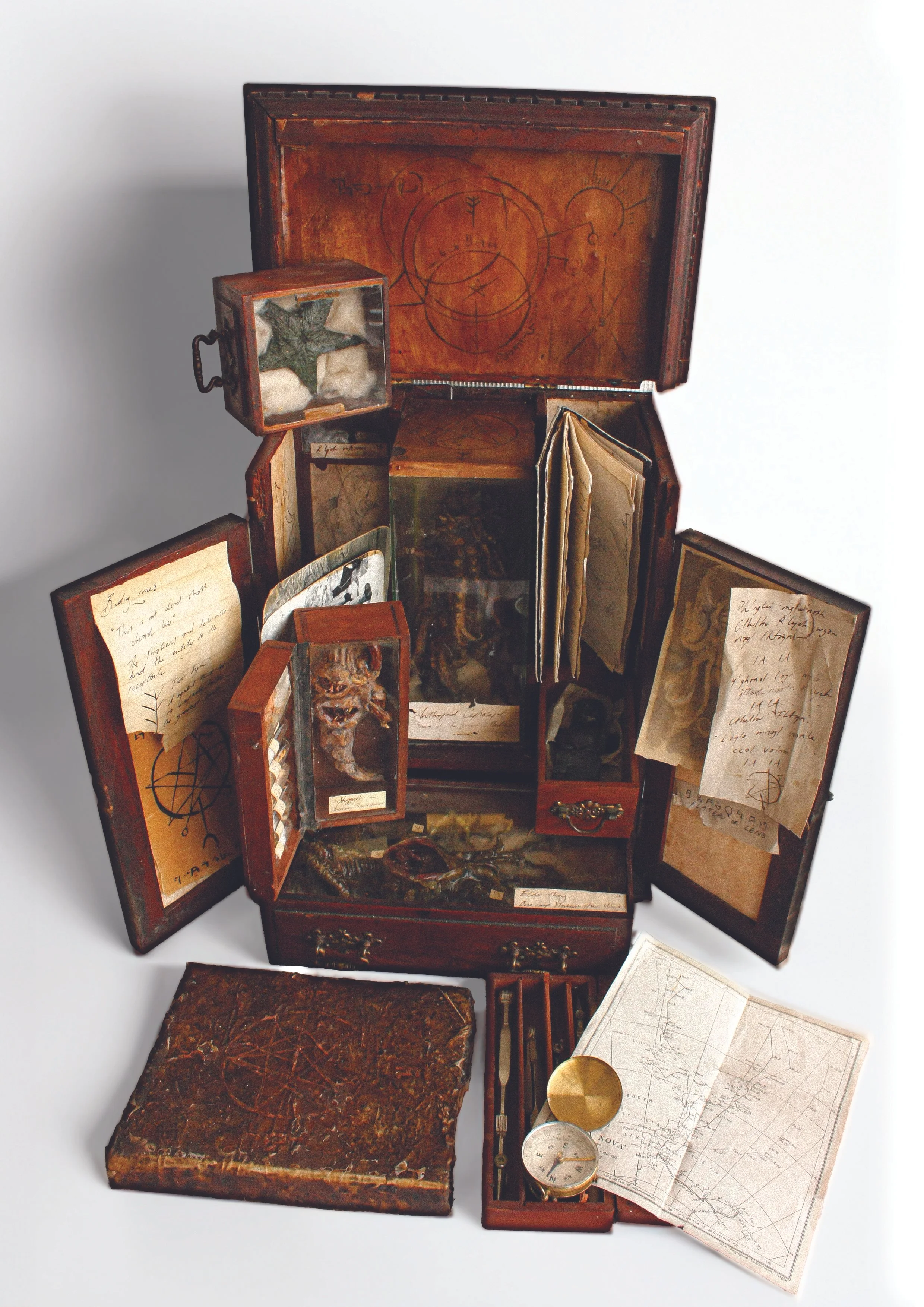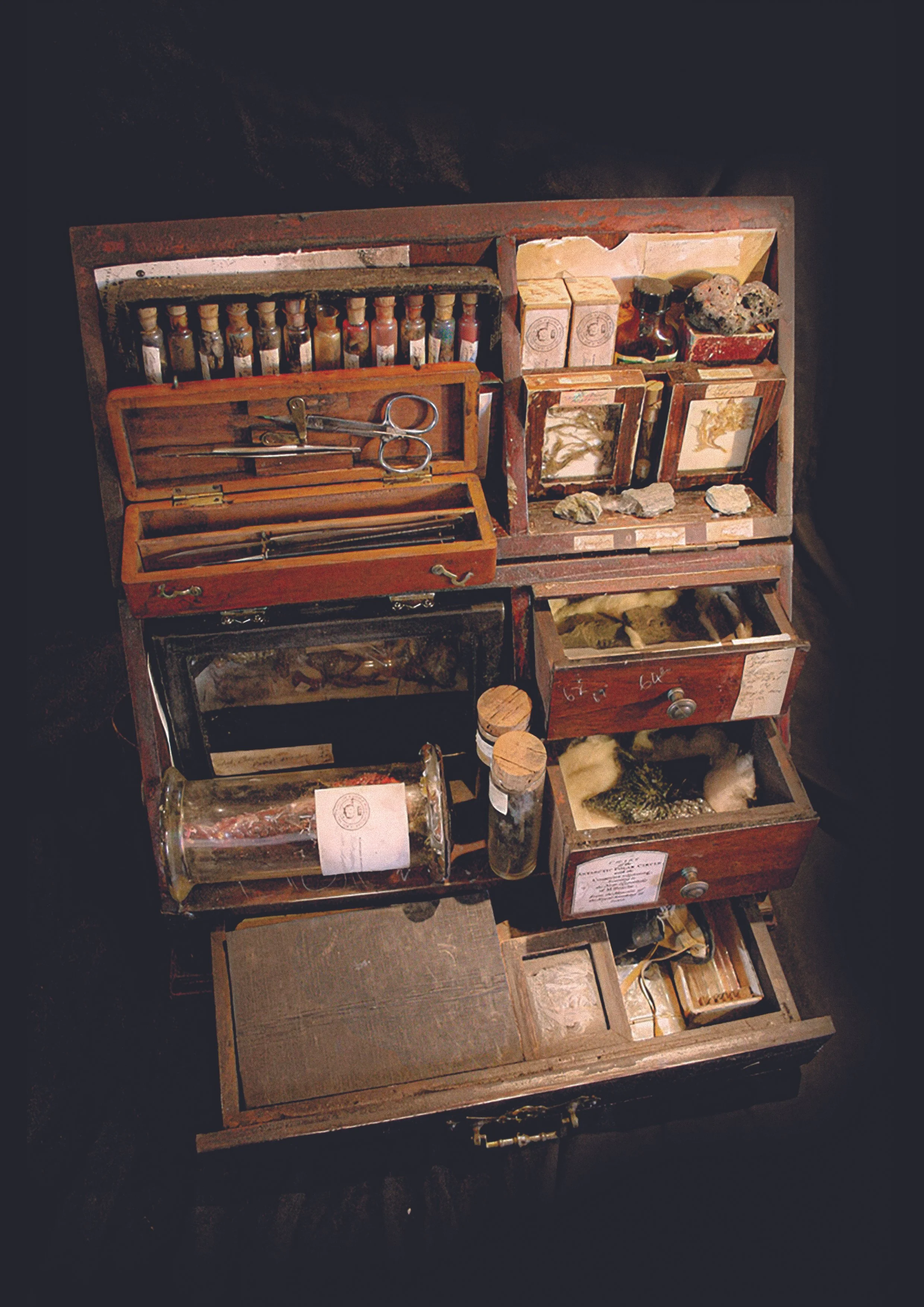Thomas learned of many esoteric belief systems in an effort to widen his understanding of the physical planes of reality, but also as a defence against anything that might lurk there. Decrepit texts, shunned almanacs, the unspeakable words of forgotten tongues. He learned sigils made with his limbs and fingers, shapes and sounds that triggered percussive breath, tiny fractures in the wind, interruptions in his state of mind. These carefully choreographed steps were designed to unlock invisible doors. He began to abuse psychoactive drugs he had concocted, attempting to expand his perception ever further. He read of the worship and idolisation of entities unsympathetic, actively hostile to life. Prayer brought their attention - without belief, without a context, his efforts were often fruitless. His understanding was that constructing convoluted belief systems encouraged manifestations. Did human thought conjure up monsters? Those who worshipped these entities suffered for their piety. He found reference to a pantheon of gods that appeared to be a materialisation of self-flagellation - that humans wished their devils were real, and made them so. In those flayed-skin pages of ancient scripture, he found the mention of civilisations that had built cities in the honour of terrible gods, temples where thousands had gathered, only to be recipients of awful and unusual afflictions. Thomas questioned whether our objective reality might be little more than a place to exorcise physical pain. It was whether that was indeed self-inflicted or the product of something more - the product of these entities. But first he would need to locate such cities, and their shrines to the divine. It turned out that man was a glutton for punishment, and such unholy places littered the earth. Here he learned names - Cthulhu, Nyarlathotep, Azathoth. Names that held power beyond any other.
Presented below - the fruit of many expeditions to stygian isles, nameless cities and cyclopean structure in the antarctic snow.
















